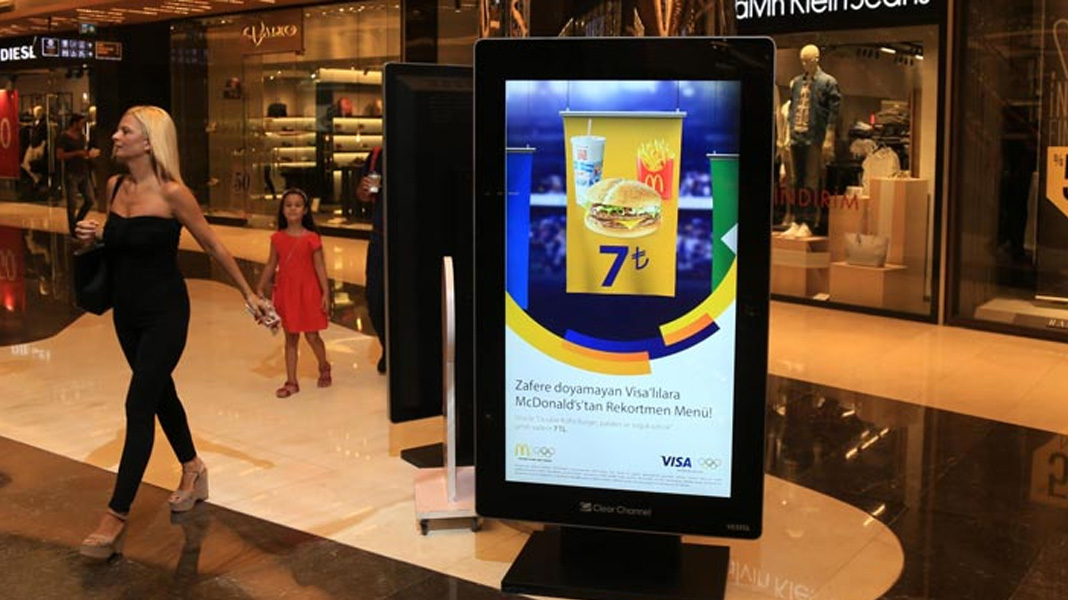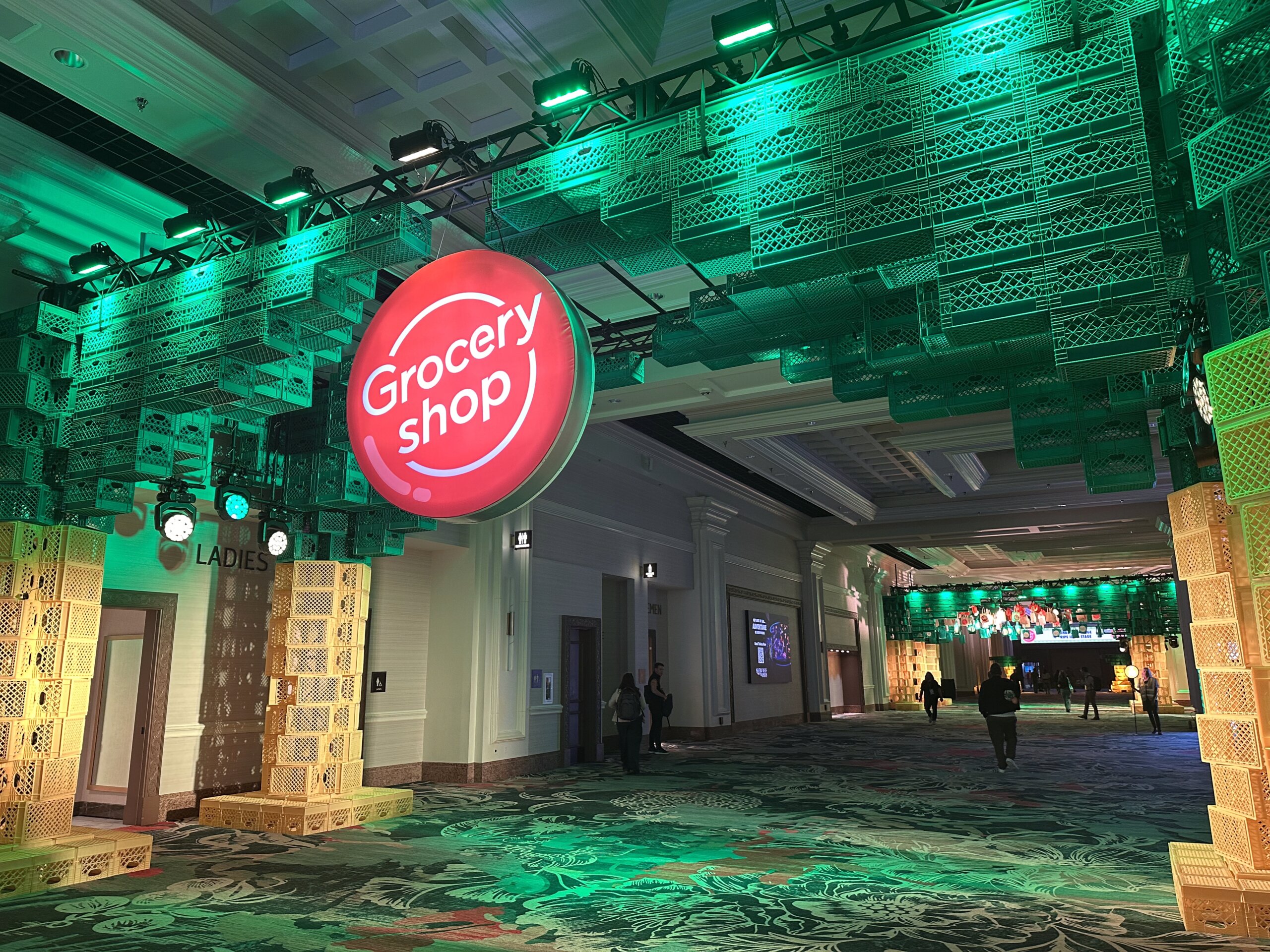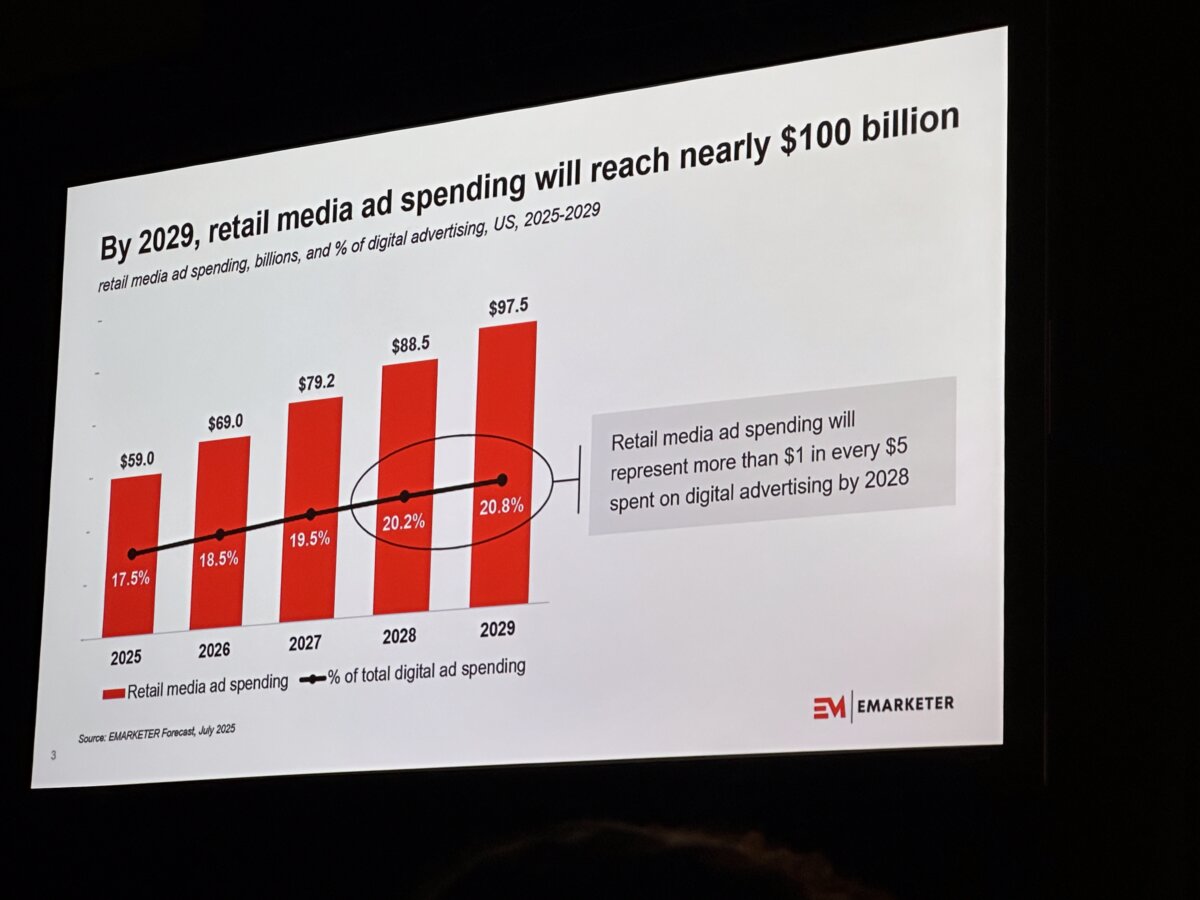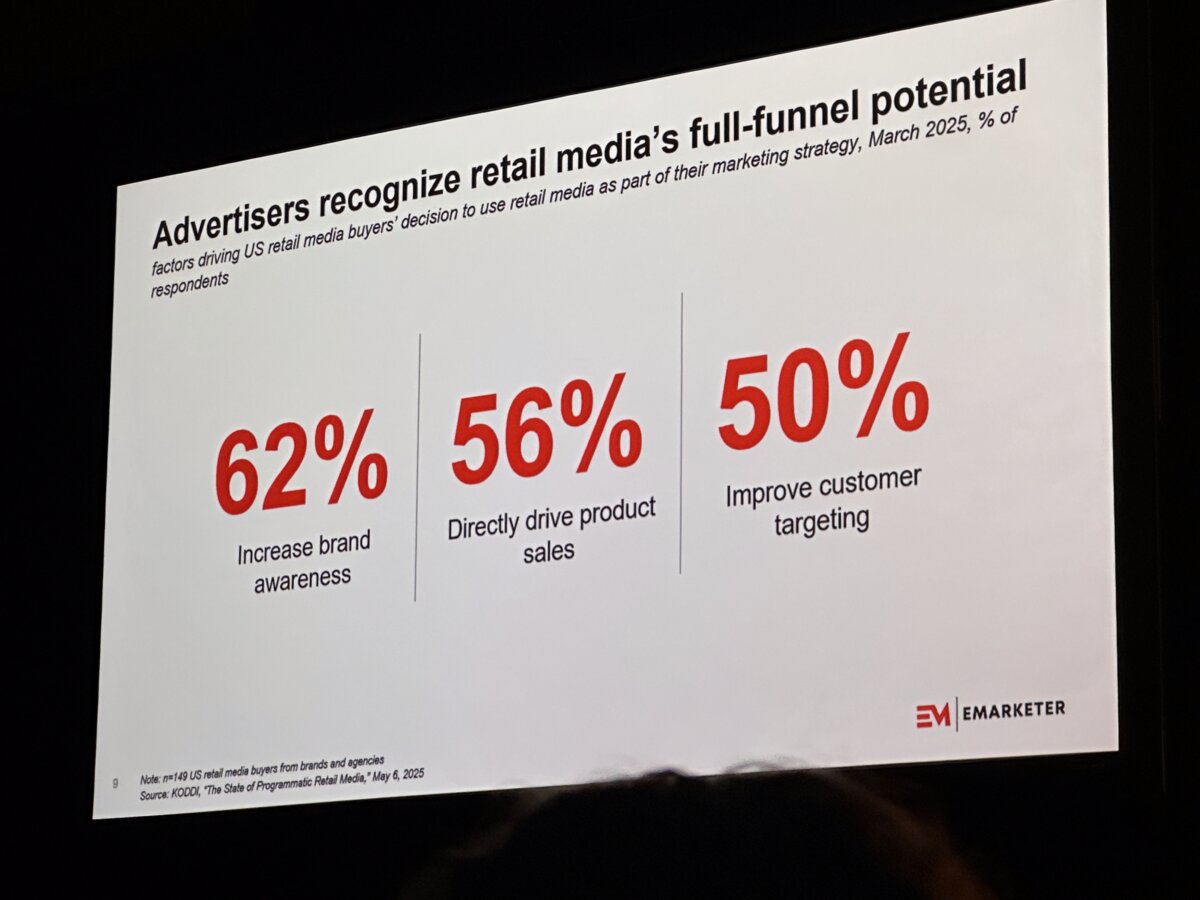| October 11, 2021
Broadsign International Powers Core Out of Home (Formerly Clear Channel Turkey) Displays
The initial conversion of 126 screens in three shopping malls has been completed.

Istanbul, Turkey. November 28, 2016. Broadsign International, LLC, the largest provider of automated digital out-of-home software, has been selected to power the Core Out of Home network, formerly known as Clear Channel Turkey.
The initial conversion of 126 screens in three Turkish shopping malls has been completed and rollout will continue across over 1,000 displays and ten shopping malls in total. Inventory consists of 55” – 65” portrait oriented LCD displays, as well as 1×3, 3×4 and 4×3 videowalls.
“Upon meeting Broadsign this year at Integrated Systems Europe, we quickly decided to convert to the industry-leading platform due to its simple and flexible design,” said Demirhan Cavusoglu, Head of IT at Core Out of Home.
“Broadsign’s expertly developed software brings efficiencies that make our lives easier and its wide range of features satisfies the contemporary needs of our clients.”
Core Out of Home’s clients include top advertisers such as P&G, Unilever, Vodafone, Mercedes-Benz, Odeabank, ING Bank, Turk Telekom and Akbank.
“When DOOH media owners convert from spreadsheet-based software to Broadsign’s automated solution, the benefits of reduced resources and increased productivity are realized immediately,” said Maarten Dollevoet, Vice President, Global Sales at Broadsign. “The Turkish digital signage market is growing and we are excited to assist Core Out of Home in setting a prime example of best practices.”
To learn more about Broadsign’s DOOH platform, sign up for a Free Trial.
About Broadsign
Broadsign International, LLC provides a software platform used by the world’s largest and most prestigious digital signage and digital out-of-home media owners to efficiently and reliably operate their networks. Powering over 120,000 displays in venues such as airports, shopping malls, health clinics and cinemas, Broadsign’s automated, scalable and secure workflow includes the Broadsign Core CMS for content playback and proof of performance.
For more information about Broadsign, visit https://broadsign.com.
Press Contact
1-514-399-1184
stephanie.gutnik@broadsign.com



